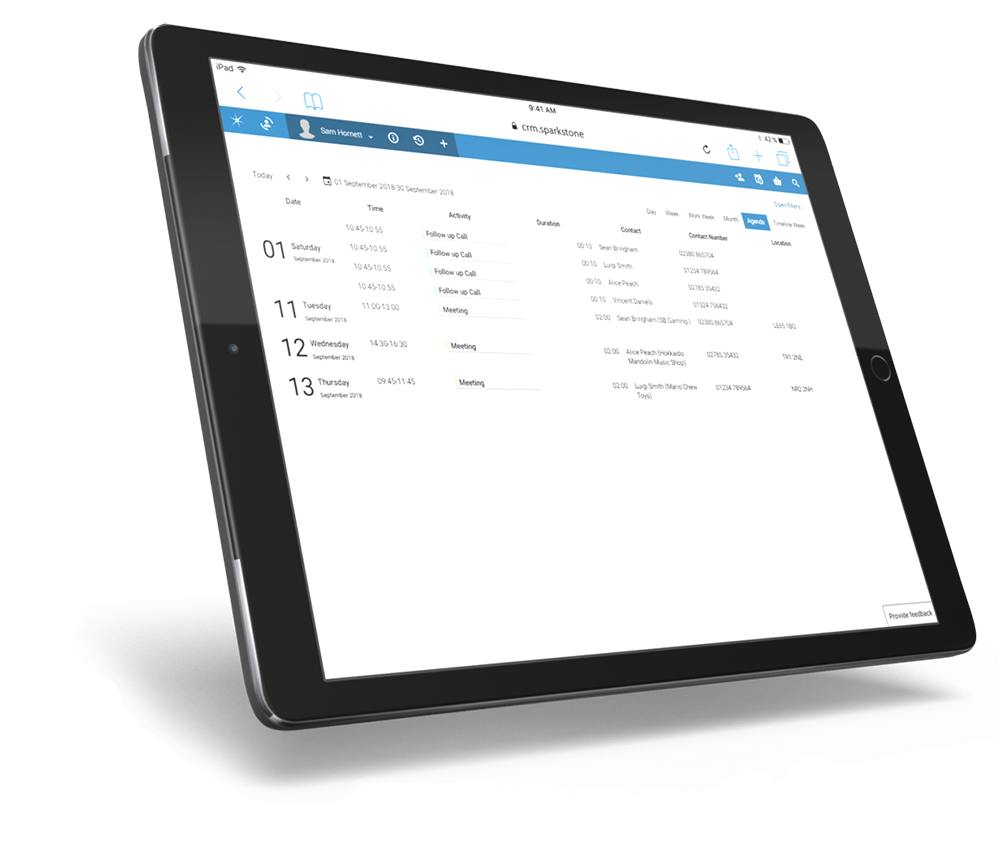Too often technology is introduced that is the absolute bees knees, but staff refuse to use it. And you may not even realise that they’re not using the shiny new app that you’ve installed to make their lives so much easier…
So, why is it that technology isn’t well adopted within a business?
Well, to be frank, it often is adopted, but there are also many occasions when it is not. And it’s these latter occurrences that make a significant difference to whether a company achieves its goals – in a worst-case scenario, it could mean the difference between success and failure.
Many factors can influence the usage of new technology when it’s installed within a business but most cases of non or incorrect use boil down to bad communication.
Research shows us that 38% of people relish change. They’ll be energised and positive about the new gizmo to fall into their lap. However, that still leaves 62% of the workforce who don’t share this positive view of the world and fear change that they perceive could prove detrimental to their working day.
To counterbalance this negativity staff need to feel listened to, communicated with and educated. They want to feel part of a process rather than feeling powerless to resist something where they can’t see any advantage. The perception that the new technology could be hard to use / will make their job redundant / will be a waste of time, are all potential concerns that need to be addressed.
So, where to start? How can you introduce new technology into your business AND get your staff to use it…
Firstly, it’s vital that staff feel involved from the outset. Let them know about the technology that you’re looking into and why you’re looking into it – explain how their working lives will be enhanced and how they’ll benefit. Ask them how they feel about it and address any concerns.
Keep the communication channels open at all times – it won’t be such a shock when the technology is installed. And keep answering their questions.
When the big day arrives, and the gizmo is installed, it’s time to begin the training process. Allocate a programme of instruction for ALL staff that will need to be engaged with the technology. If expert trainers are needed, then bring them in. Professionals will be able to offer clear and consistent advice and answer questions in a concise and accurate fashion. Training packs can also be issued, along with the facility for staff to access continual support until they are completely clear on how the technology works, what it is for, what their responsibilities are and how it will benefit them. And keep it up. Monitor how the technology is being used, and keep asking questions. Ask staff what they like about the technology but equally make sure there is nothing that they’re unclear about. Don’t forget that they’ll be new starters to consider as well. Get them onboard as soon as they walk in the door to ensure standards of usage are maintained.
A prime example of technology that can have a massive, positive impact on a business is a fully integrated Customer Relationship Management (CRM) tool. Any company worth their salt will need a CRM in place in order to remain ahead of the competition. Making the best use of customer data is essential and will increase sales, improve efficiency and reduce costs. But, and there is a BIG but, the CRM needs to be used…

If staff can’t see the benefits of the CRM then its installation is pointless
ALL staff need to understand how the CRM will improve their performance at work, leading to company growth – consequently they will reap the rewards.
There may be a perception that CRM tools are difficult to use. With the right training this can be disproven, demonstrating that in reality a CRM will make the working day more straightforward and productive.
Then there’s reluctance to use the CRM properly (or is this just because certain elements haven’t been explained properly?). It really is the case that staff not only need to understand, but to actively promote, the benefits of using the CRM to its full capability. When this is achieved the CRM will be so firmly embedded into the culture of the organisation that it won’t be long before everyone forgets how they managed before it (think back to when email was first introduced – can anyone imagine a business WITHOUT email nowadays???).
To conclude, communication is the key to the introduction of any technology if the business wants to see maximum Return On Investment. Keep staff involved and trained, and your enthusiasm for the technology will be infectious!
If you’d like to introduce an integrated CRM tool into your business talk to us at Sparkstone CRM. We’ve been providing easy-to-use technology solutions to solve complex sales problems for over 20 years, and have been helping businesses achieve their goals and stay ahead of the competition for as long. And our service doesn’t end on delivery. We’re fully committed to ensuring that our CRM systems are accessible to ALL staff that need to use them, providing training and support for as long as is it takes for the system to be an integral part of the business.

